Marwan Al-Akaidi0521814588, 9780521814584
Table of contents :
Cover……Page 1
Half-title……Page 3
Title……Page 5
Copyright……Page 6
Contents……Page 7
Acronyms and abbreviations……Page 11
1.1 Introduction……Page 13
1.2 The human vocal system……Page 15
Signal representation……Page 17
1.4.1 The DC component……Page 18
1.4.2 Waveform signal representation……Page 20
1.4.3 Spectral signal representation……Page 21
1.5 Speech coding techniques……Page 22
1.5.1 Waveform coding……Page 23
Time domain coding……Page 24
Frequency domain coding……Page 27
1.5.2 Vocoding……Page 28
1.5.3 Hybrid coding……Page 31
REFERENCES……Page 35
2.1 Digital filters……Page 38
2.2 The fast Fourier transform……Page 40
Repeating the trick……Page 41
2.3 Data windowing……Page 43
Some commonly used windows……Page 45
2.5 Computing with the FFT……Page 46
Discrete convolution……Page 47
Discrete correlation……Page 48
The Hilbert transform……Page 49
2.5.4 Computing the analytic signal digitally……Page 51
2.6 Digital filtering in the frequency domain……Page 52
2.6.1 Highpass, lowpass and bandpass filters……Page 53
2.6.2 Inverse filter……Page 55
2.6.3 The Wiener filter……Page 56
2.6.4 Application of the least squares principle……Page 57
Derivation of the Wiener filter Qi……Page 58
Properties of the Wiener filter……Page 59
FFT algorithm for the Wiener filter……Page 60
2.6.6 Power spectrum equalization……Page 61
The matched filter……Page 62
Derivation of the matched filter……Page 63
Linear FM pulses……Page 64
2.6.9 Constrained deconvolution……Page 66
2.7.1 Non-recursive filtering……Page 67
2.7.2 FIR filter – discrete convolution……Page 68
Useful visualization of the discrete convolution process……Page 70
2.7.3 FIR filter – discrete correlation……Page 71
Discrete correlation process……Page 73
2.7.4 Computing the FIR……Page 74
2.7.5 The moving-average filter……Page 75
2.7.6 The median filter……Page 76
REFERENCE……Page 77
3.1.1 The joint probability……Page 78
3.1.2 The conditional probability……Page 79
Bayesian estimation……Page 80
A further example of Bayesian estimation……Page 83
3.4 The maximum-likelihood method……Page 85
3.5 The maximum a posteriori method……Page 86
3.6 The maximum-entropy method……Page 87
3.7.1 Band-limited functions……Page 89
3.8.1 Solution by analytic continuation……Page 90
3.9 Reformulation of the problem……Page 91
3.10 Ill-posed problems……Page 92
3.11 The linear least squares method……Page 93
3.12.1 Weighting functions……Page 94
3.12.2 Incorporation of a priori information……Page 95
3.12.3 Practical considerations……Page 96
3.13 Application of the maximum-entropy criterion……Page 97
REFERENCE……Page 99
4.1 History of fractal geometry……Page 100
4.1.1 Self-similarity and self-affinity……Page 103
4.1.2 Random scaling fractals……Page 105
Stochastic differential equations of fractional order……Page 106
4.2.1 Fourier dimension and fractal dimension……Page 109
A mathematical model for fractal-dimension segmentation……Page 110
The least squares approximation……Page 112
Hybrid methods……Page 115
Fractal properties and dimensions……Page 116
Higher-order fractals and dimensions……Page 119
4.3.1 Inverse solution……Page 120
4.3.2 Fractal images……Page 122
4.3.3 Stochastic modelling……Page 126
4.3.4 A new non-stationary fractional dynamic model……Page 127
Choosing the Fourier dimension q(t)……Page 128
4.3.5 Green’s function solution……Page 130
Wave equation solution……Page 131
General series solution……Page 132
Asymptotic forms for f (x) = δ(x)……Page 134
Other asymptotic forms……Page 135
REFERENCES……Page 136
5.1.2 Sampling and data extraction……Page 139
5.1.4 Matching techniques……Page 140
5.2 Isolated word recognition……Page 141
5.2.1 Pre-processing data……Page 142
Evaluation……Page 143
5.2.2 Generalization of the RSF model……Page 145
5.2.4 Analysis……Page 148
5.2.5 Conclusions and discussion……Page 151
REFERENCES……Page 152
6.1 Introduction……Page 153
6.2 Sampling strategies for speech……Page 156
6.3 Numerical algorithms and examples……Page 159
Analogue-to-digital conversion……Page 160
Time alignment……Page 164
6.5 Robustness of recognition systems to natural noise……Page 167
Power spectral subtraction……Page 169
Minimum-mean-square error estimators……Page 170
Wiener filtering……Page 171
6.6 Application of the correlation dimension……Page 172
REFERENCES……Page 175
7.1 Computing fractal noise……Page 176
7.2.1 Formant synthesis……Page 177
7.2.2 Concatenative synthesis……Page 180
7.2.3 Linear prediction-based methods……Page 183
7.2.4 Sinusoidal models……Page 184
7.2.5 Other methods and techniques……Page 185
REFERENCES……Page 187
8.1 Introduction……Page 190
8.2 Cryptology……Page 191
Classification……Page 192
8.2.2 Relation between chaos and cryptology……Page 193
8.2.3 Discretization……Page 194
8.2.4 Floating-point approximation to continuous chaos……Page 195
Floating-point arithmetic (FPA) versus binary integer arithmetic (BA)……Page 196
Summary of the use of chaos in cryptography……Page 197
8.3.2 Probability ensemble……Page 198
8.3.4 Complexity……Page 199
8.3.6 Algorithmic randomness and chaos……Page 200
8.4 Chaotic systems……Page 201
One-dimensional chaotic maps……Page 202
8.4.1 Two-dimensional chaotic maps……Page 207
8.4.3 Orbit lengths of chaotic finite-state systems……Page 209
An example of a PCNG……Page 211
8.5.1 Chaotic Vernam cipher……Page 212
8.5.2 Security of a stream cipher……Page 213
Bayes’ rule……Page 214
8.5.5 Advantages and disadvantages of stream ciphers……Page 215
8.6.1 Substitution and permutation……Page 216
8.6.3 Measure of diffusion……Page 217
8.6.4 Measure of non-linearity……Page 218
8.6.5 Design approach……Page 219
8.6.6 Conclusions……Page 220
REFERENCES……Page 221
Index……Page 224
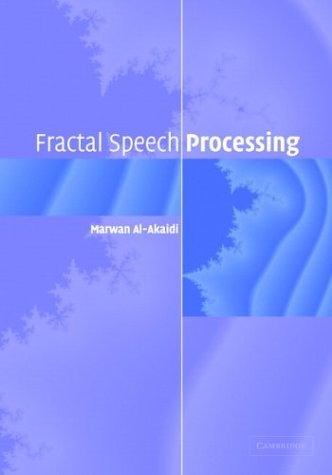


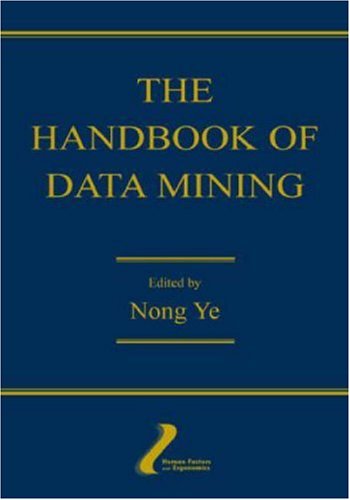
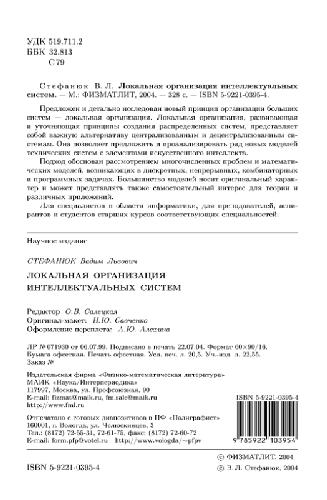
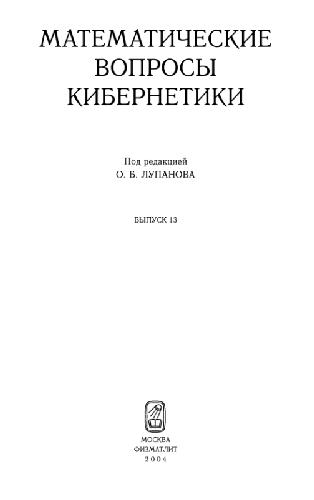
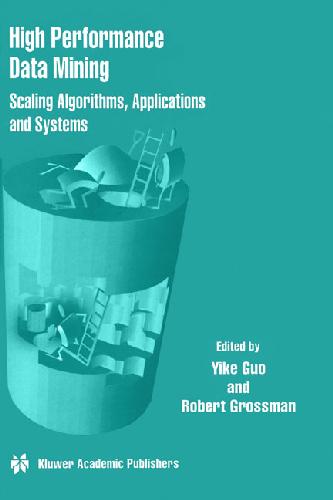
Reviews
There are no reviews yet.